“Dream Machines”: Wunderwaffe That he Envisioned Winning the War
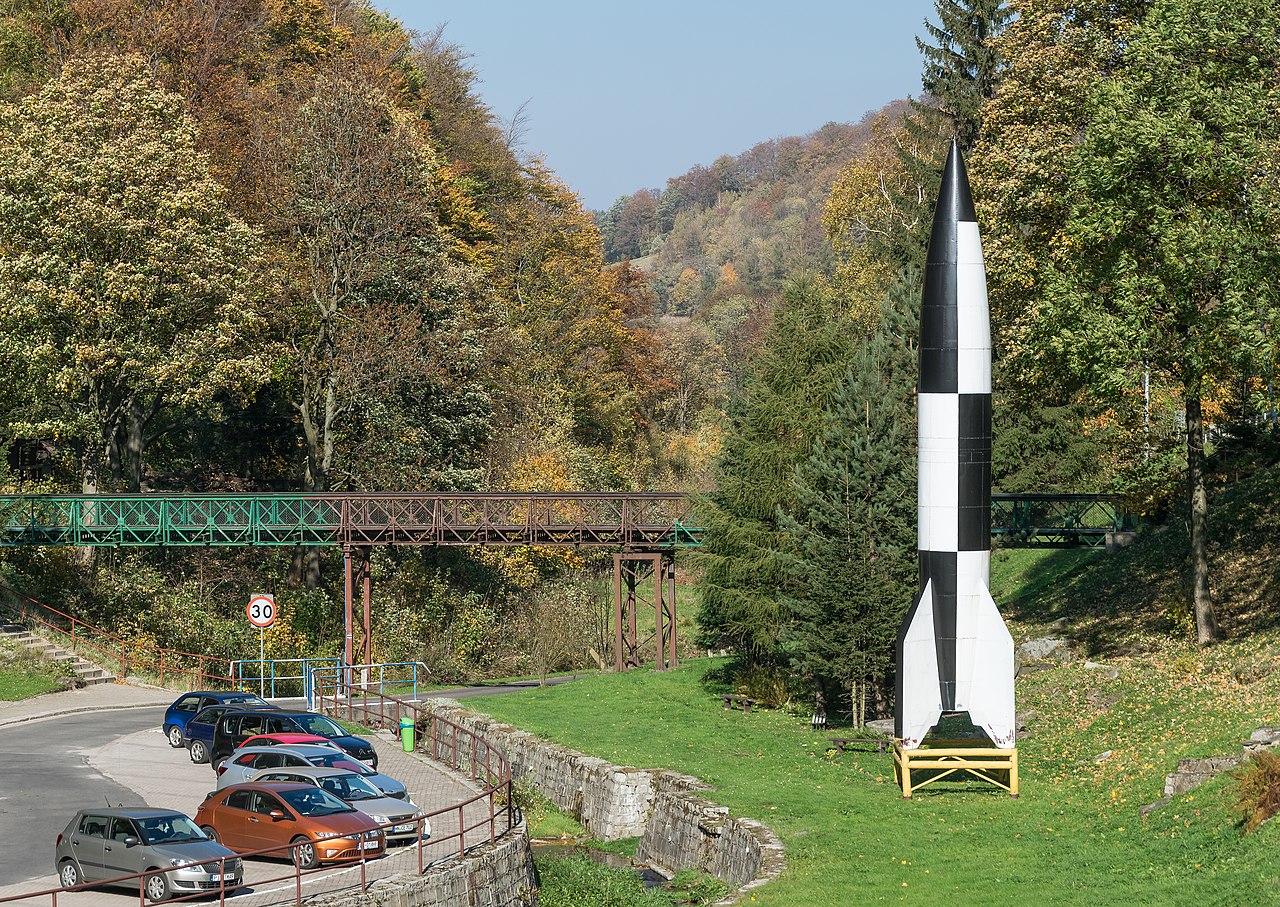
They had a plan, a plan that would see the Third Reich conquer Europe, Great Britain and then, one day, reach across the Atlantic and conquer North America.
And his “dream machines” would help him do it.
The Second World War was the initiation of that mad plan, and for six long years the Allies fought to repel Hitler and his armed forces, including the Luftwaffe. It was comprised of many different aircraft that challenged Germany’s enemies in the skies, as (for its time) the aviation technology on display in these planes put Allied forces to the test.
Hitler called these planes his Wunderwaffe, meaning miracle weapons. He envisioned these warplanes would seal his victory, and even trounce the famed Royal Air Force (RAF), Great Britain’s legendary fleet of planes and pilots that made the country’s military power so famous – and formidable.
But Hitler was determined, and there were certain planes in particular he believed would help ensure Germany’s victory. They included the Heinkel 162, more casually known as the HE-162, a highly innovative plane for the period.
It went from the design drawing board to being tested in just about three months, and came equipped with two 30 mm guns and a BMW turbo jet engine. This model even had some parts made of wood, a considerable savings in war ravaged, cash strapped Germany.
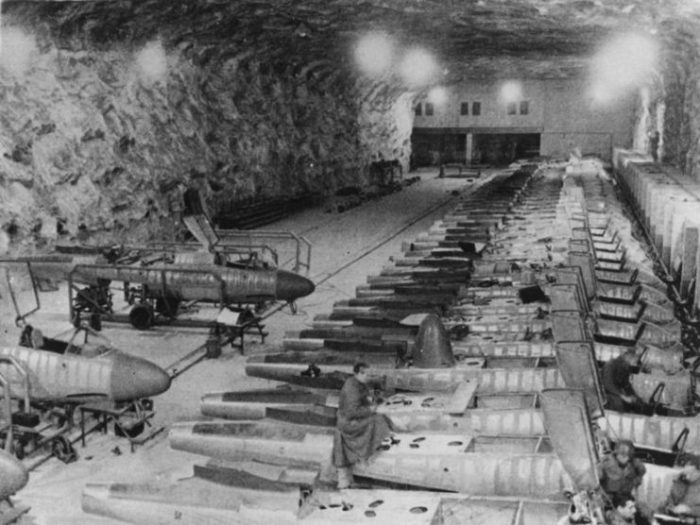
Yet the plane wasn’t used for battles until the last 21 or so days of the war, and at that only one squadron was sent into the fray. Of the HE-162s sent, 13 were lost – and only three of those were lost to the enemy. The other 10 were lost to errors, and malfunctions in operation. It was wholly unreliable in many settings, even though it fought in the war for only a matter of weeks, in 1945, just before the conflict ended.
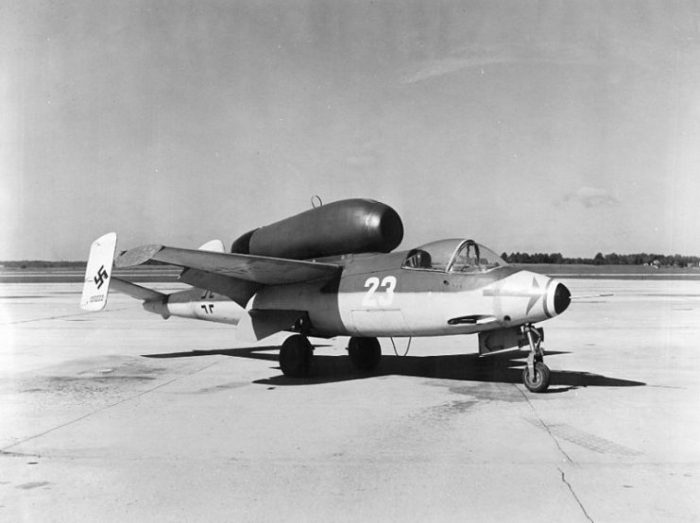
The VI was the first missile built with pulse jet as power, and it was amazingly fast to build. But they were quite unreliable, and often went down before reaching their target.
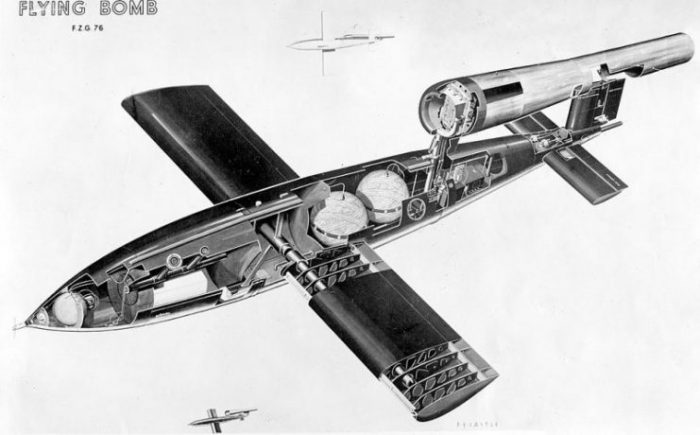
The V-2 rocket, although also innovative, did not fare much better in the skies. First tested in 1942, it was finally used in the fall of 1944. This rocket is thought responsible for the deaths of approximately 9,000 people in Britain. It could fly at about 3,580 mph, and had was capable of going 200 miles in range. And yet, for all that, the V2 had dreadful aim, and about half of them exploded before the ever making it to their targets.
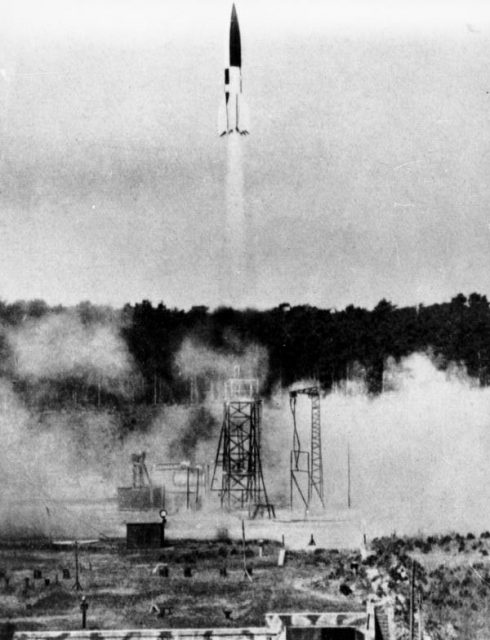
Perhaps the most impressive aircraft used in WWII by the Germans was the Messerschmitt 262, called the Schwalbe.
This plane was almost revolutionary, as it was the first fighter plane to have a turbo jet engine. Many military and aviation historians say this plane was one of the most important – and impressive – planes ever used in the war.
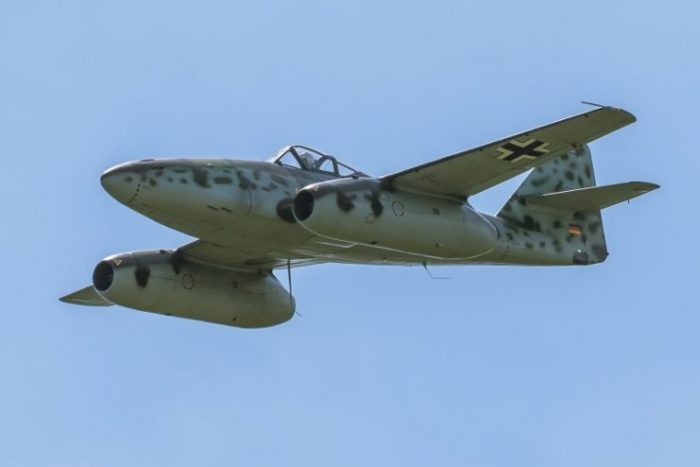
It was equipped with two, Jumo-004 turbojet engines, along with two (or four) MK 108 guns. Experts say that this aircraft was responsible for downing at least 150 Allied aircraft, and was used in many famous battles.
But in spite of all its leading edge technology, the Schwalbe had problems, too, primarily with its engines. Many pilots felt the engines were unreliable, and no amount of experience in the cockpit changed their error prone operations.

These were some of the planes Adolph Hitler used to attempt victory over his enemies. They were the best in German aviation technology at the time, and caused serious problems for the Allies in many situations.
Another Article From Us: Chelsea FC Adopts Lancaster Bomber at RAF Museum
But Hitler was doomed to fail in his fight to conquer Europe and beyond, because he failed to recognize how determined the Allies were to never fall under the leadership of a dictator, no matter how many years it took to bring him down.
